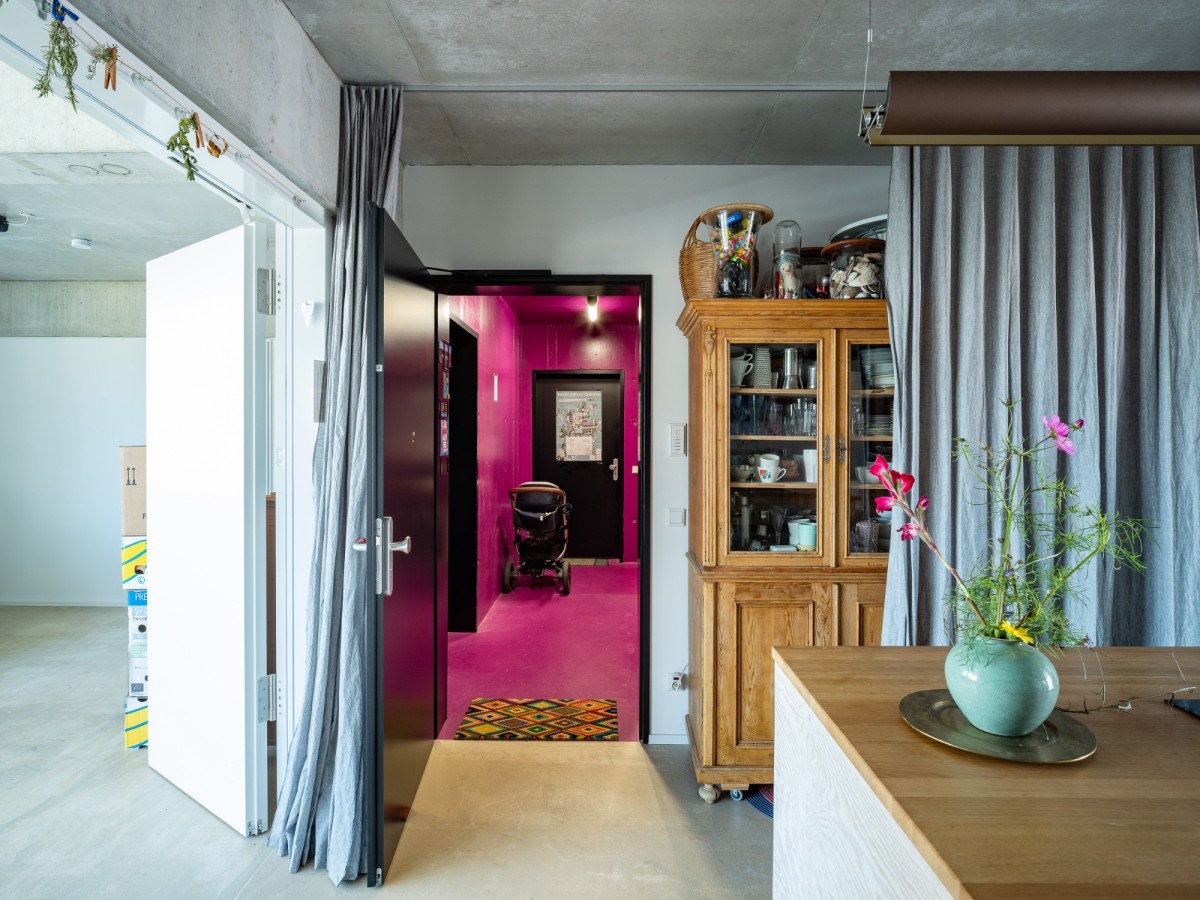Alternative forms for alternative governance models
- Intro
- Bram Aerts TRANS architecture and urban planning
- Speakers
- HAVANA
- Stekke + Fraas
- Büro Juliane Greb
 Petter Krag
Petter Krag
The housing on offer for families in the relatively lower income group is inadequate. The least-earning people can get into social housing and the better-earning populations are able to buy a house. What about the lower middle class in between? How can they access qualitative housing? The solution partly lies in optimising the use of space, for example by investing in quality collective (outdoor) spaces. A second, important task lies in the shift to a different development model. We listen to three examples.
HAVANA – Cohousing in Ghent (Wooncoop)
Stekke + Fraas in cooperation with a229 – 32 housing units in Molenbeek (CTLB)
Büro Juliane Greb in cooperation with summacumfemmer architects – San Riemo in München (D) (Kooperative Grosssttadt)
 Petter Krag
Petter Krag
 Petter Krag
Petter Krag
 Petter Krag
Petter Krag
Bram Aerts
TRANS was part of the team that searched for new coalitions for housing within the Pilootproject Wonen (Pilot Project Housing) at the initiative of the Flemish Master Builder in 2013. To achieve a trend shift in Flemish housing production, they decided the need to also rethink the status and underlying structure of commissioning.
In a saturated landscape of individual building owners, ‘the building group’, ‘the community-land trust’ and ‘the cooperative’ offer a valid alternative to commissioning in Flanders. These ‘coalitions’ do not deploy collectivity merely as a dogma or as an instrument of densification, but consciously link resident interests to entrepreneurship and market thinking. Personal and collective benefits are thus translated into a shared and qualitative vision on housing.
Bram Aerts




